
漢德百科全書 | 汉德百科全书
 United Kingdom
United Kingdom
 England
England
 England
England
 Manchester
Manchester

 History
History
 ITU World Championship Series
ITU World Championship Series

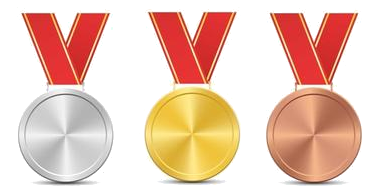 Sport
Sport
 Triathlon
Triathlon
 United Kingdom
United Kingdom

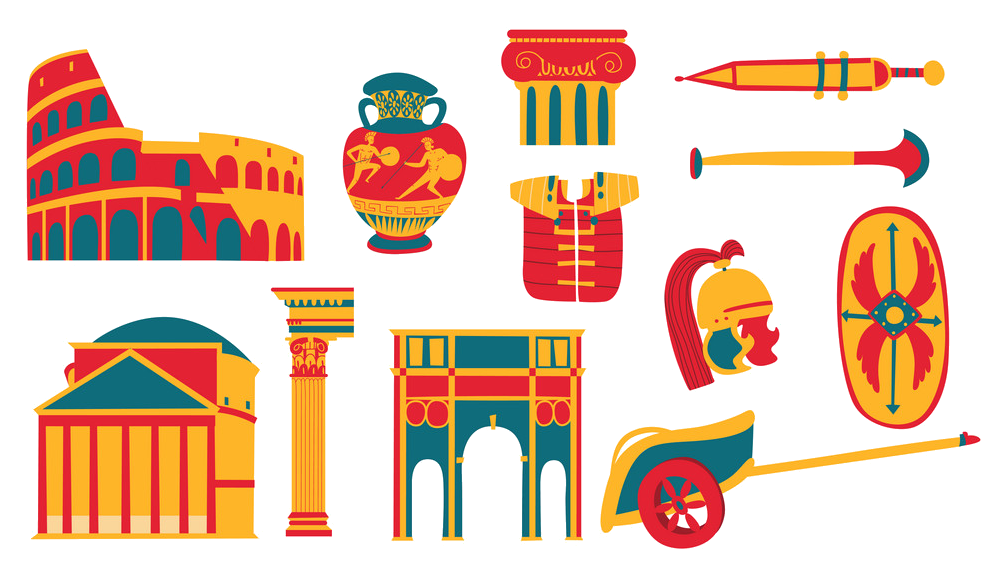 Cities founded by the Romans
Cities founded by the Romans

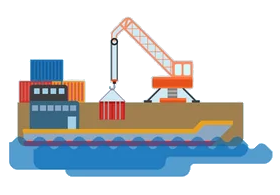 Important port
Important port
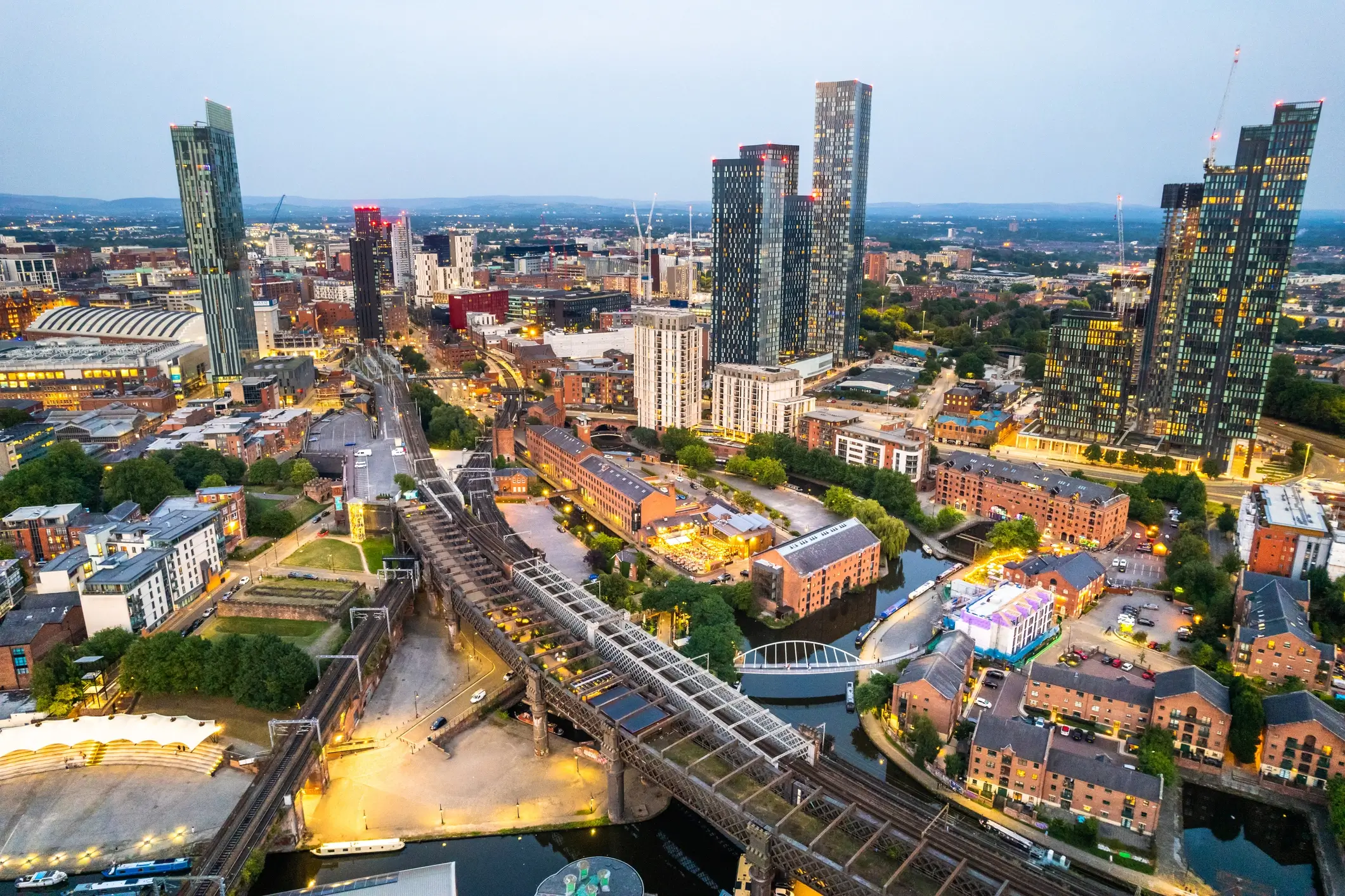
Manchester ([ˈmɛntʃɛstɐ], englisch [ˈmæntʃɪstə])[1] ist eine Stadt im Nordwesten von England im Vereinigten Königreich Großbritannien und Nordirland mit dem Status eines Metropolitan Borough sowie einer City. Sie hat etwa 570.000 Einwohner und liegt im Metropolitan County Greater Manchester, einer der größten Agglomerationen in England mit 2,9 Mio. Einwohnern (2022). Die Einwohner Manchesters werden „Mancunians“ oder verkürzt „Mancs“ genannt.
Die Ursprünge der Stadt Manchester gehen auf ein römisches Kastell am Zusammenfluss der Flüsse Irwell und Medlock zurück. Vor allem im Zeitalter der Industriellen Revolution wurde Manchester zu einem wichtigen Standort der Industrie. Einen besonderen Stellenwert nahm dabei die Textilindustrie ein, deren Anfänge in Manchester auf das Spätmittelalter zurückgehen. Im 20. Jahrhundert erfolgte der stetige Zerfall der Industrie. Heute ist Manchester dennoch eines der wichtigsten Wirtschaftszentren des Vereinigten Königreichs und beherbergt zahlreiche Museen, Hochschulen und Orte der Kunst und Kultur.
曼彻斯特市(英语:City of Manchester),即曼彻斯特(英语:Manchester),是英格兰的城市,都市自治市,位于西北英格兰区域,人口约为55万人,是曼彻斯特都市圈中人口最多的城市,且是英格兰西北第一多,英国第五多的城市。
曼彻斯特在工业革命史中有着重要位置。十八世纪,资本主义在这座城市萌芽,让本是农村地区的曼彻斯特经历急速发展并成为全世界第一座工业化的城市。全世界第一条城际通勤铁路在此诞生。因市内兴盛的纺织业,曼彻斯特在工业革命期间曾因仓库众多而闻名于世,使其获得了“仓库城市”的别称。曼彻斯特在科学技术史上也占有重要位置。成立于2002年的曼彻斯特大学及其前身见证了原子核物理学的诞生,世界上第一台存储程式电脑以及石墨烯的发现。
曼彻斯特被誉为“北方之都”[2][3],是英格兰北部一个极其重要的城市,尤其是在其经济、艺术、文化、交通运输、媒体和体育地位上。步入二十一世纪,曼彻斯特的发展愈发强势,为这座城市带来了与伯明翰竞争英国第二大城市的地位的资本[4]。
1974年,曼彻斯特与周围市镇联合组成大曼彻斯特郡,成为该郡的一个都会区。“曼彻斯特”此名常用来指整个都市区。整个大曼彻斯特的市区总人口在英国排名第二,仅次于伦敦。
マンチェスター (Manchester, IPA: [ˈmænˌtʃɪstə][ヘルプ/ファイル]) は、イングランドの北西部、グレーター・マンチェスターに位置する都市。北部イングランドを代表する都市であり、イギリスで9番目の都市である。1853年に市制(英語版)が布かれ、2011年の時点で、マンチェスター(都市と都市バラ)の人口は49万人である。2011年の近郊を含む都市圏人口は224万人であり、同国第3位である[2]。
[ˈmænˌtʃɪstə][ヘルプ/ファイル]) は、イングランドの北西部、グレーター・マンチェスターに位置する都市。北部イングランドを代表する都市であり、イギリスで9番目の都市である。1853年に市制(英語版)が布かれ、2011年の時点で、マンチェスター(都市と都市バラ)の人口は49万人である。2011年の近郊を含む都市圏人口は224万人であり、同国第3位である[2]。
Manchester (/ˈmæntʃɪstər, -tʃɛs-/)[5][6] is a city and metropolitan borough in Greater Manchester, England, with a population of 545,500 as of 2017.[7] It lies within the United Kingdom's third-most populous metropolitan area, with a population of 3.2 million.[8] Manchester is fringed by the Cheshire Plain to the south, the Pennines to the north and east, and an arc of towns with which it forms a continuous conurbation. The local authority is Manchester City Council.
The recorded history of Manchester began with the civilian settlement associated with the Roman fort of Mamucium or Mancunium, which was established in about AD 79 on a sandstone bluff near the confluence of the rivers Medlock and Irwell. It was historically a part of Lancashire, although areas of Cheshire south of the River Mersey were incorporated in the 20th century.[9] Throughout the Middle Ages Manchester remained a manorial township but began to expand "at an astonishing rate" around the turn of the 19th century. Manchester's unplanned urbanisation was brought on by a boom in textile manufacture during the Industrial Revolution,[10] and resulted in it becoming the world's first industrialised city.[11]
Manchester achieved city status in 1853. The Manchester Ship Canal opened in 1894, creating the Port of Manchester and directly linking the city to the Irish Sea, 36 miles (58 km) to the west. Its fortune declined after the Second World War, owing to deindustrialisation, but the IRA bombing in 1996 led to extensive investment and regeneration.[12]
In 2014, the Globalization and World Cities Research Network ranked Manchester as a beta world city, the highest-ranked British city apart from London.[13] Manchester is the third-most visited city in the UK, after London and Edinburgh.[14] It is notable for its architecture, culture, musical exports, media links, scientific and engineering output, social impact, sports clubs and transport connections. Manchester Liverpool Road railway station was the world's first inter-city passenger railway station; scientists first split the atom, developed the stored-program computer and produced graphene in the city. Manchester hosted the 2002 Commonwealth Games.
Manchester Ecoutez (ˈmanˌtʃɪstə) est une ville du Royaume-Uni située dans le comté métropolitain du Grand Manchester. Elle a le statut de cité depuis 1853 et compte 545 500 habitants en 2017. Elle est parfois considérée comme la « deuxième ville d’Angleterre » grâce à son importance économique, culturelle et sportive1, bien que sa superficie et sa population ne lui permettent pas de détrôner Birmingham. Manchester est catégorisée comme une ville « bêta » par Le GaWC (Réseau d’étude sur la mondialisation et les villes mondiales2). Ses habitants s'appellent les Mancunien(ne)s. La ville est au cœur d'une grande agglomération de plus de deux millions et demi d'habitants dont les villes principales sont : Bury, Bolton, Rochdale, Oldham, Ashton-under-Lyne, Stockport, Salford, Altrincham, Wigan. Le nom de « Manchester » est utilisé aussi bien pour désigner l'agglomération que la ville en tant que telle.
Manchester est située à 260 km au nord-ouest de Londres, sur la rive est de la rivière Irwell. La ville est bordée au Sud par la plaine du Cheshire et au Nord et à l'Est par la chaîne montagneuse des Pennines. Historiquement, la majeure partie de la ville faisait partie du Lancashire, mais des zones situées au sud de la rivière Mersey appartenaient au Cheshire. Le vicus créé par les Romains à proximité du fort de Mamucium, construit en 79 sur un monticule rocheux non loin de la confluence entre la Medlock et l'Irwell, est devenu au fil de son histoire une ville majeure du nord de l'Angleterre. Manchester est la première ville au monde à avoir été industrialisée, et elle a joué un rôle important durant la révolution industrielle. Durant le XIXe siècle, la ville acquiert d'ailleurs le surnom de « Cottonopolis » en raison de son importante industrie cotonnière. L'économie de la ville s'est depuis tournée vers le secteur tertiaire, et il s'agit aujourd'hui d'un pôle financier important.
Manchester est une ville importante culturellement, qui héberge de nombreux théâtres, musées et salles de concert. La ville a vu dans les années 1980 l'émergence de divers groupes de rock indépendant autour du club The Haçienda, qui deviendront très célèbres par la suite et que l'on regroupe sous l'appellation « Madchester ». Elle a une économie nocturne bien développée avec de nombreux bars et clubs. La ville est le siège de divers médias, dont de nombreuses stations de radios, des journaux et une importante base de la BBC. L'architecture de la ville est marquée par l'omniprésence des briques rouges. Elle mêle des bâtiments historiques, comme la cathédrale gothique, des édifices de l'époque victorienne et de la période industrielle, avec des bâtiments à l'architecture contemporaine, dont de hauts gratte-ciel. Manchester est la troisième ville la plus visitée par les étrangers au Royaume-Uni.
Manchester est également une importante ville étudiante avec ses deux universités, l'université de Manchester et l'université métropolitaine de Manchester qui, avec entre-autres le Royal Northern College of Music, regroupent plus de 70 000 étudiants.
La ville accueillit en 2002 les jeux du Commonwealth. Elle se démarque également dans le monde sportif par ses deux équipes de Premier League de football, Manchester United et Manchester City.
Manchester (AFI: /ˈmanʧester/[3]; in inglese [ˈmantʃɪstə][4]), in italiano antico Mancunia, è un borgo metropolitano di 503.127 abitanti del Regno Unito, che gode del titolo onorifico di città, ed è capoluogo della contea metropolitana inglese della Greater Manchester. Insediamento celtico poi rinominata dagli antichi romani magna castra, i suoi abitanti vengono chiamati Mancunians (Mancuniani).
Mánchester1 (pronunciado en inglés  /ˈmæntʃɛstə/ (?·i)) es una ciudad y un municipio metropolitano del condado de Gran Mánchester en Inglaterra. Mánchester obtuvo su estatus de ciudad en 1853 y tenía una población estimada de 530.300 habitantes en 2015.2 A su vez, forma parte de la segunda aglomeración urbana del Reino Unido y decimocuarta de la Unión Europea en términos de población.
/ˈmæntʃɛstə/ (?·i)) es una ciudad y un municipio metropolitano del condado de Gran Mánchester en Inglaterra. Mánchester obtuvo su estatus de ciudad en 1853 y tenía una población estimada de 530.300 habitantes en 2015.2 A su vez, forma parte de la segunda aglomeración urbana del Reino Unido y decimocuarta de la Unión Europea en términos de población.
Mánchester es un importante centro artístico, financiero, de medios de comunicación y de educación superior. En una encuesta de líderes empresariales británicos publicada en 2006, Mánchester era considerada como el mejor lugar en el Reino Unido para establecer un negocio. Un informe encargado por la Asociación de Mánchester, publicado en 2007, mostró a Mánchester como la "ciudad con más rápido crecimiento económico". Es la tercera ciudad más visitada en el Reino Unido por turistas extranjeros. Mánchester fue la anfitriona de los Juegos de la Mancomunidad de 2002, y es sede de dos equipos de fútbol de la Premier League, Manchester United y Manchester City.
Históricamente la mayor parte de la ciudad fue parte del condado de Lancashire, con las zonas ubicadas al sur del río Mersey en el condado de Cheshire. Mánchester fue la primera ciudad industrializada del mundo y desempeñó un papel central durante la Revolución industrial. Se convirtió en el principal centro internacional de la fabricación textil y de hilado de algodón. Durante el siglo XIX adquirió el apodo de "Cottonopolis", sugiriendo que era una metrópoli de las fábricas de algodón. El centro de la ciudad se encuentra en una lista provisional del Patrimonio de la Humanidad de la Unesco, debido principalmente a la red de canales y molinos construidos durante los siglos XVIII y XIX.
Манче́стер[2] (англ. Manchester ['mænʧɪstə]) — город и метрополитенский район в Северо-Западной Англии, графство Большой Манчестер. Менее чем полумиллионный город имеет крупнейшую в регионе 2,2-миллионную агломерацию Большой Манчестер. Девятый по величине город Великобритании (и восьмой — Англии).
Наряду с Бирмингемом, Лидсом, Шеффилдом, Ливерпулем и Лондоном Манчестер был одним из центров Промышленной революции. В настоящее время Манчестер — крупный культурный, промышленный, финансовый, коммерческий и транспортный центр страны. Развито машиностроение, текстильная, химическая, лёгкая, бумажная промышленность. Действует морской порт. Манчестерский университет является одним из самых престижных в Великобритании. Имеется городской музей и художественная галерея[3].

 Colleges and Universities in Europe
Colleges and Universities in Europe
 England
England
 Manchester
Manchester
 Nobel prize
Nobel prize
 Nobel Prize in Chemistry
Nobel Prize in Chemistry
 Nobel prize
Nobel prize
 Nobel Prize in Physics
Nobel Prize in Physics
 Nobel prize
Nobel prize
 Nobel Prize in Physiology or Medicine
Nobel Prize in Physiology or Medicine
 Nobel prize
Nobel prize
 Nobel Memorial Prize in Economic Sciences
Nobel Memorial Prize in Economic Sciences
 Nobel prize
Nobel prize
 University/Institute
University/Institute
 Russell Group
Russell Group
 Sinology
Sinology
 Universities in the UK
Universities in the UK
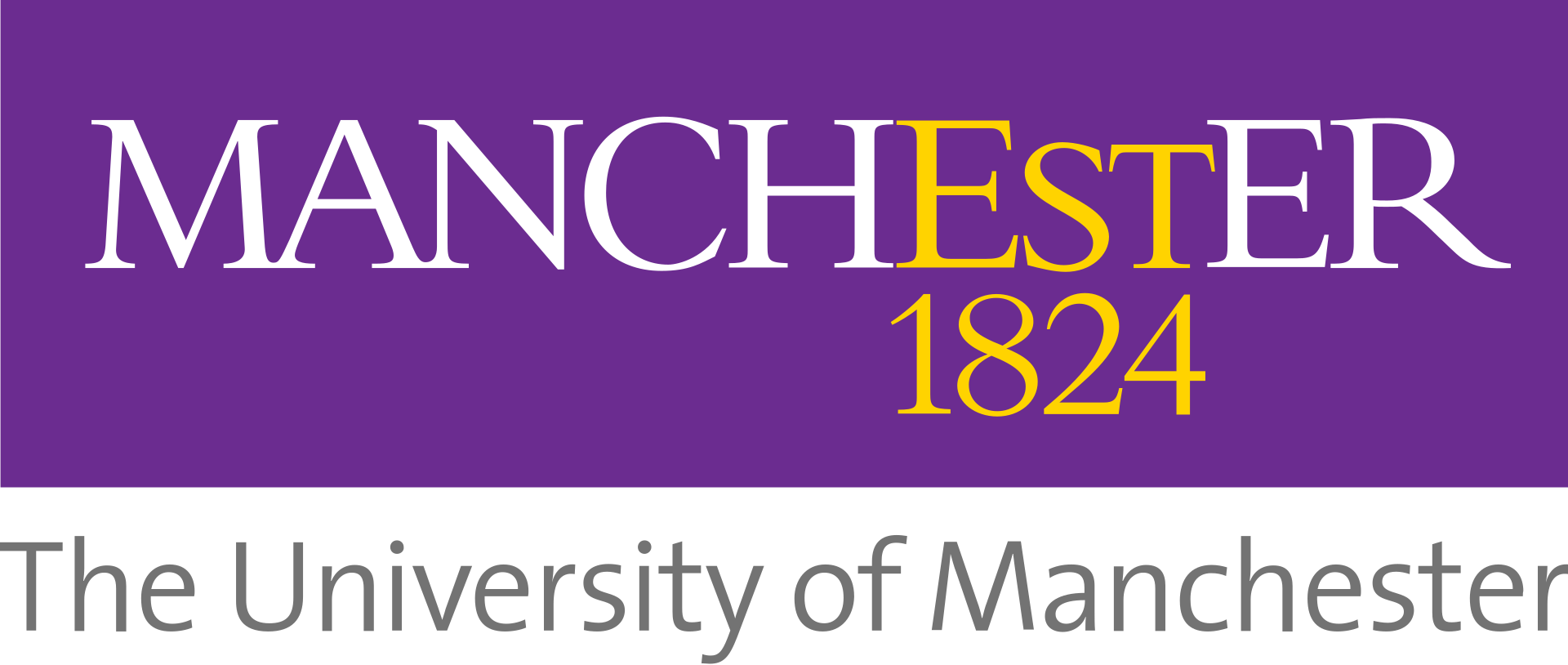
 Alex Ferguson
Alex Ferguson
 Audi Cup
Audi Cup
 England
England
 Manchester
Manchester
 José Mourinho
José Mourinho
 Louis van Gaal
Louis van Gaal
 Premier League
Premier League
 Premier League 2015/16
Premier League 2015/16
 Premier League 2016/17
Premier League 2016/17
 Premier League 2017/18
Premier League 2017/18
 Premier League 2018/19
Premier League 2018/19

 Sport
Sport
 (F)UEFA Europa League
(F)UEFA Europa League
 UEFA Champions League 2015/16
UEFA Champions League 2015/16
 UEFA Champions League 2017/18
UEFA Champions League 2017/18
 Group A
Group A
 UEFA Champions League 2018/19
UEFA Champions League 2018/19
 Group H
Group H
 UEFA Europa League 2019/20
UEFA Europa League 2019/20
 Group L
Group L
 United Kingdom
United Kingdom

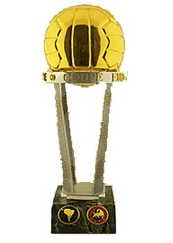
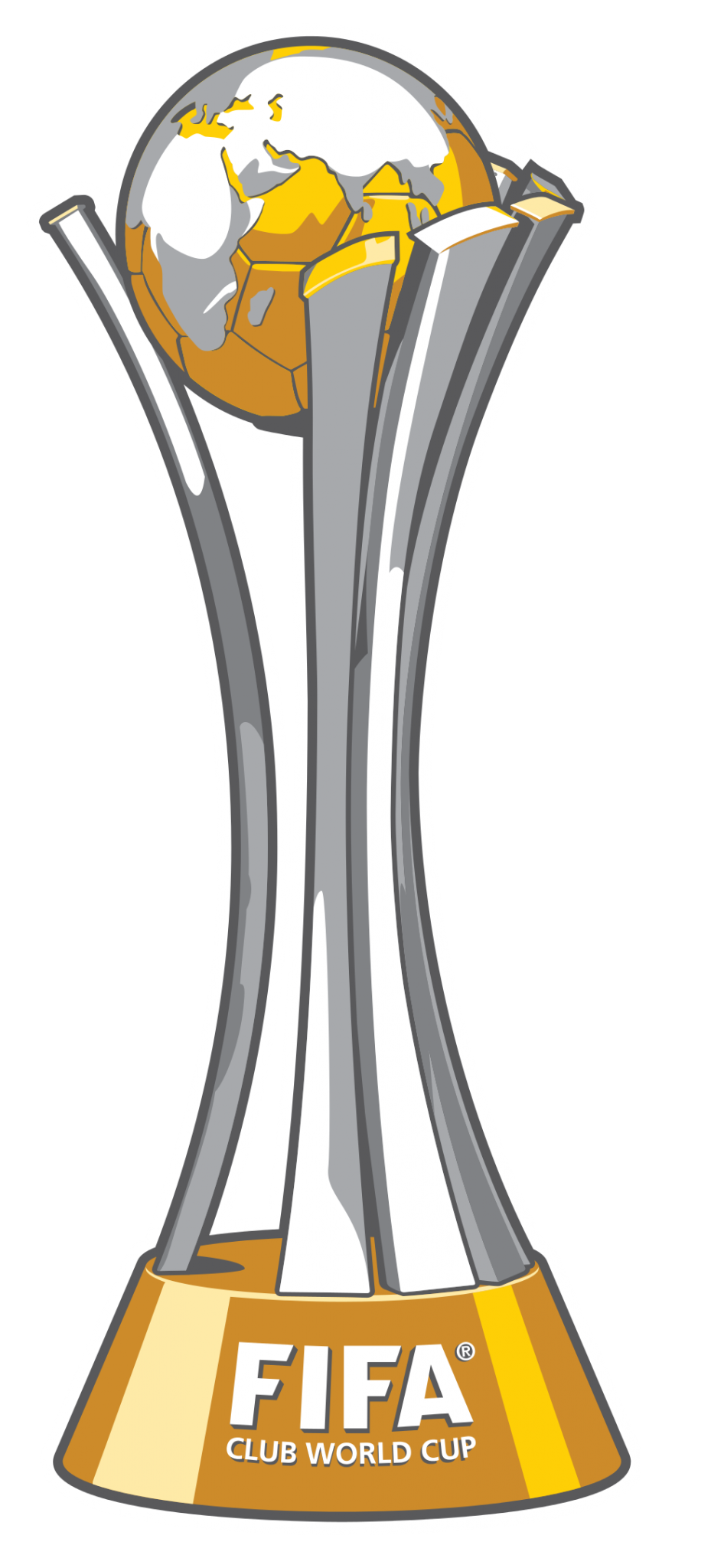
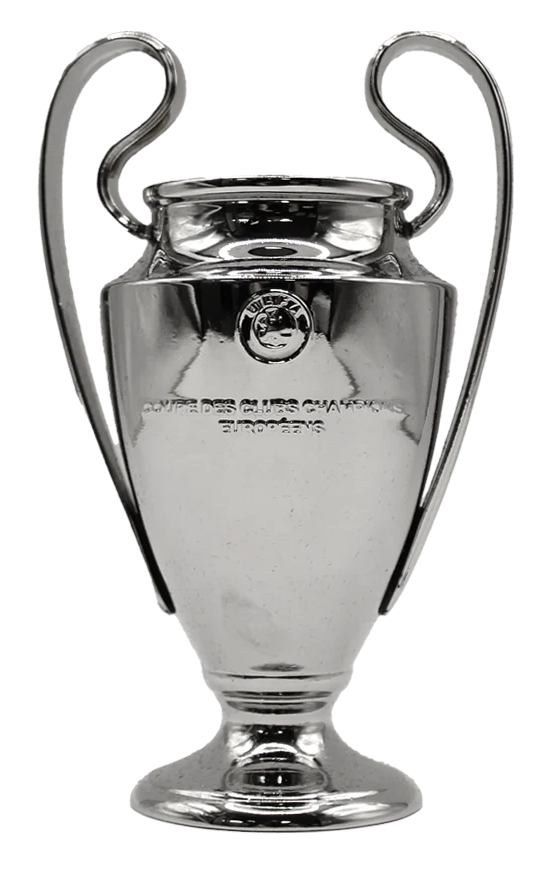





 America´s Cup 2017
America´s Cup 2017
 Australia
Australia

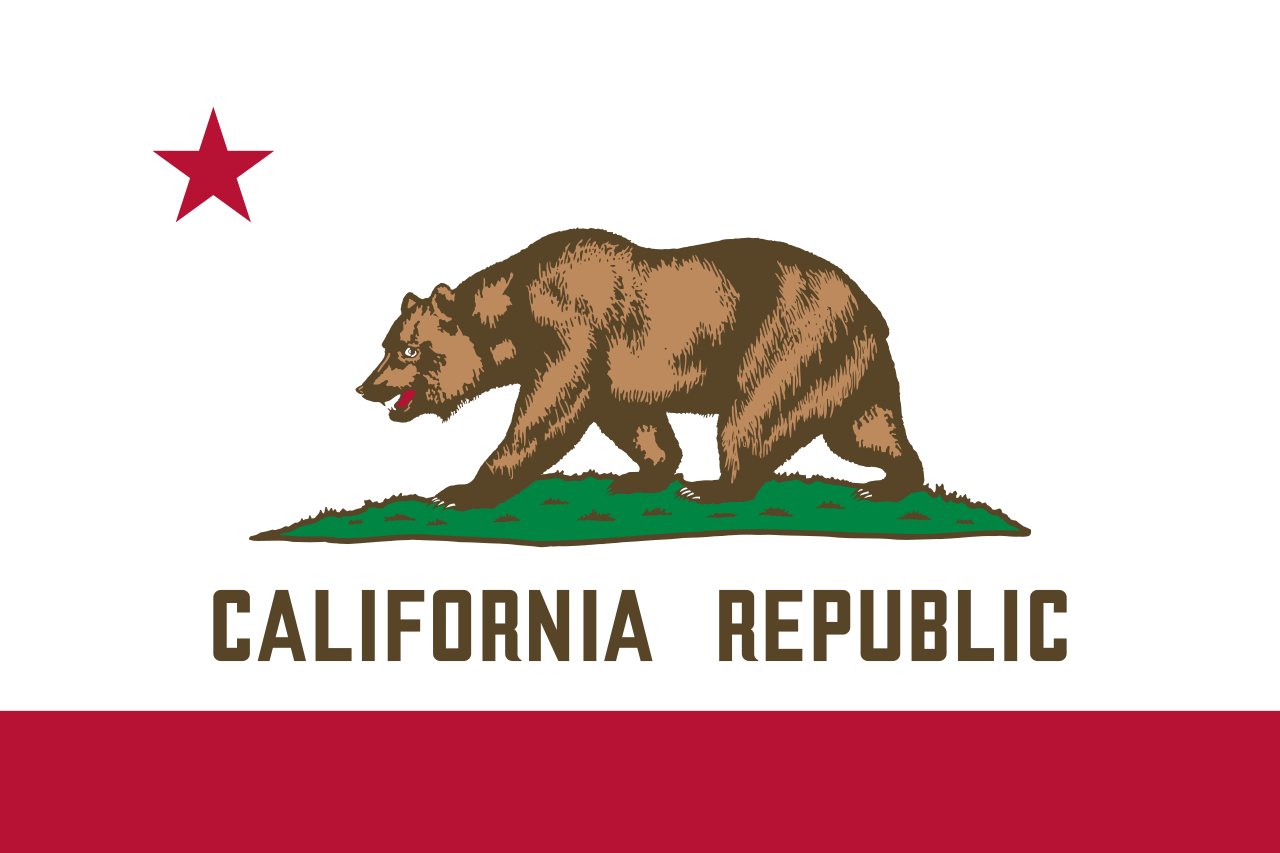 California-CA
California-CA
 China
China

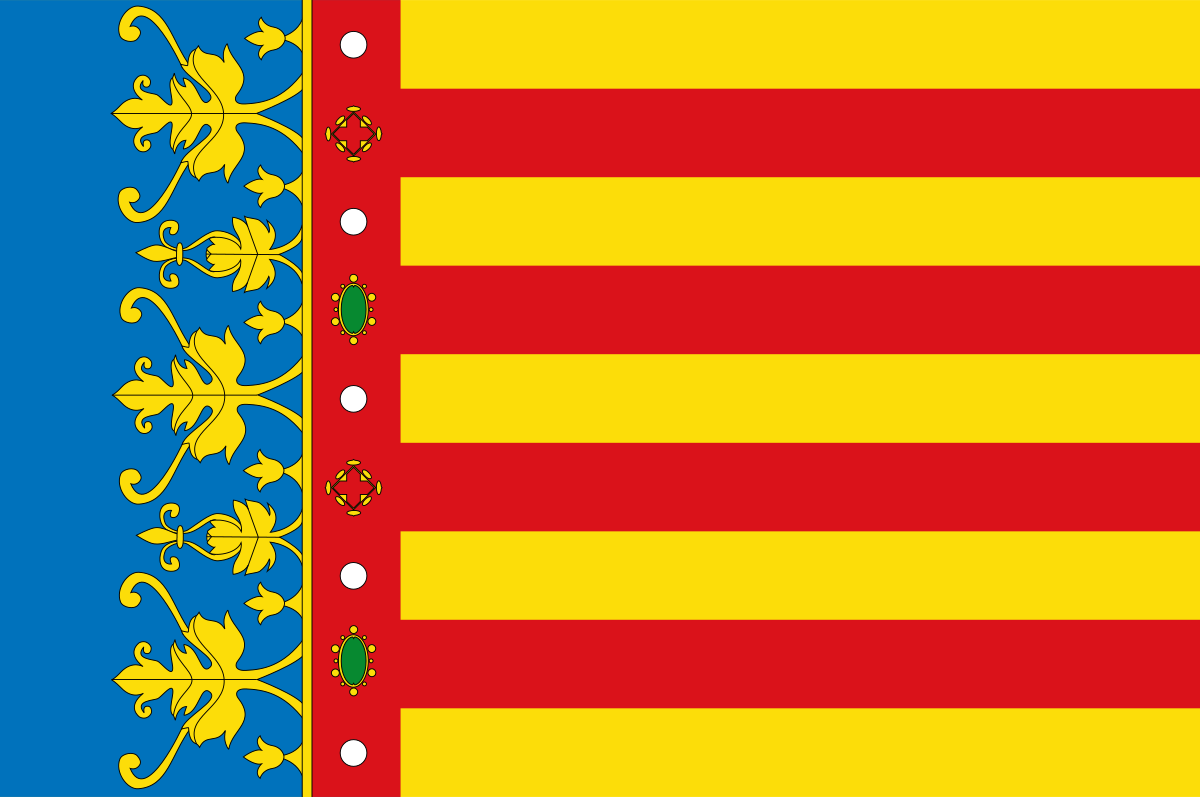 Valencian Community
Valencian Community
 England
England
 France
France
 Greece
Greece

 Illinois-IL
Illinois-IL
 Italy
Italy
 Japan
Japan
 Canada
Canada
 Kyūshū
Kyūshū
 New Zealand
New Zealand

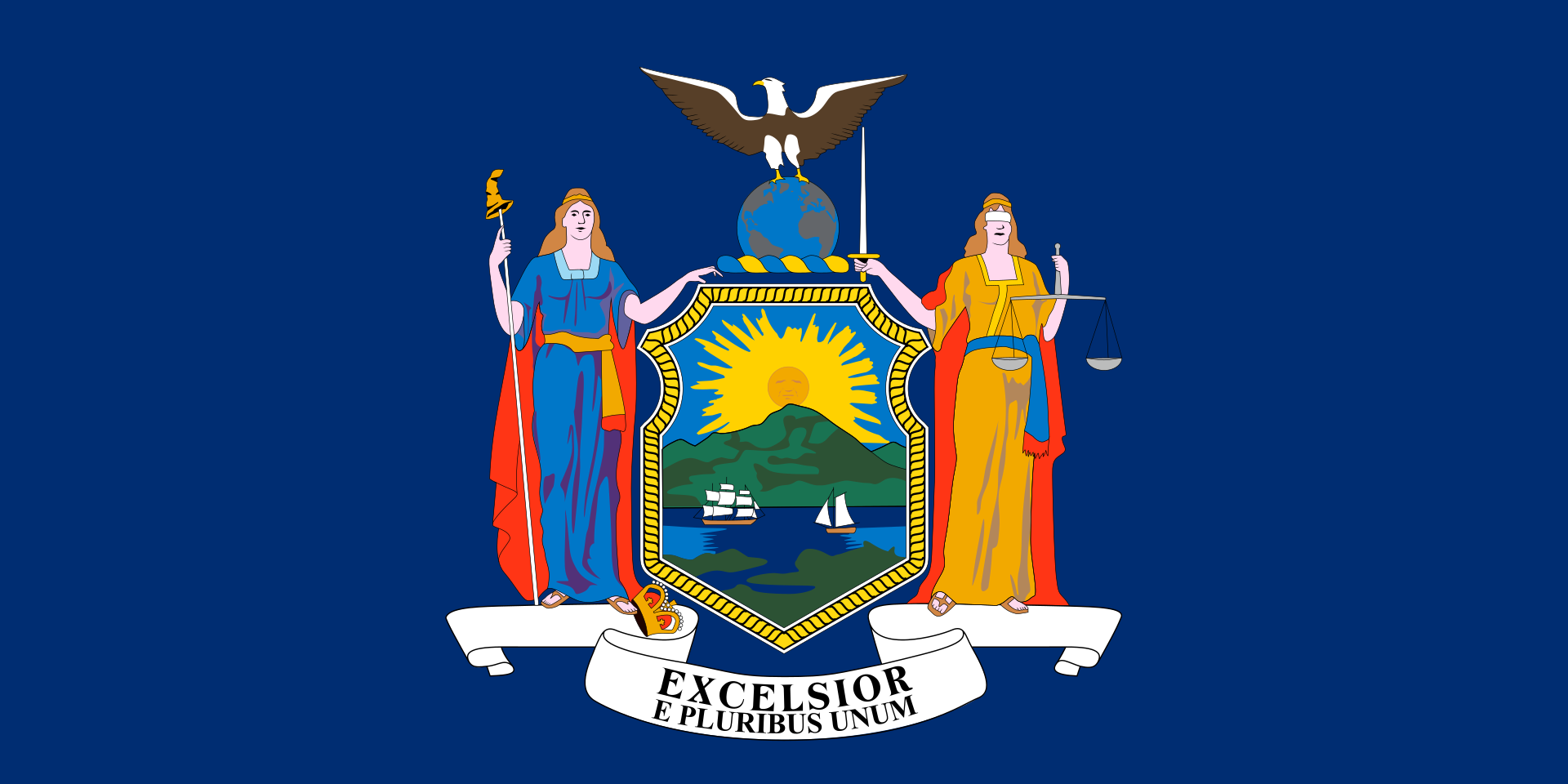 New York-NY
New York-NY
 Oman
Oman
 Austria
Austria

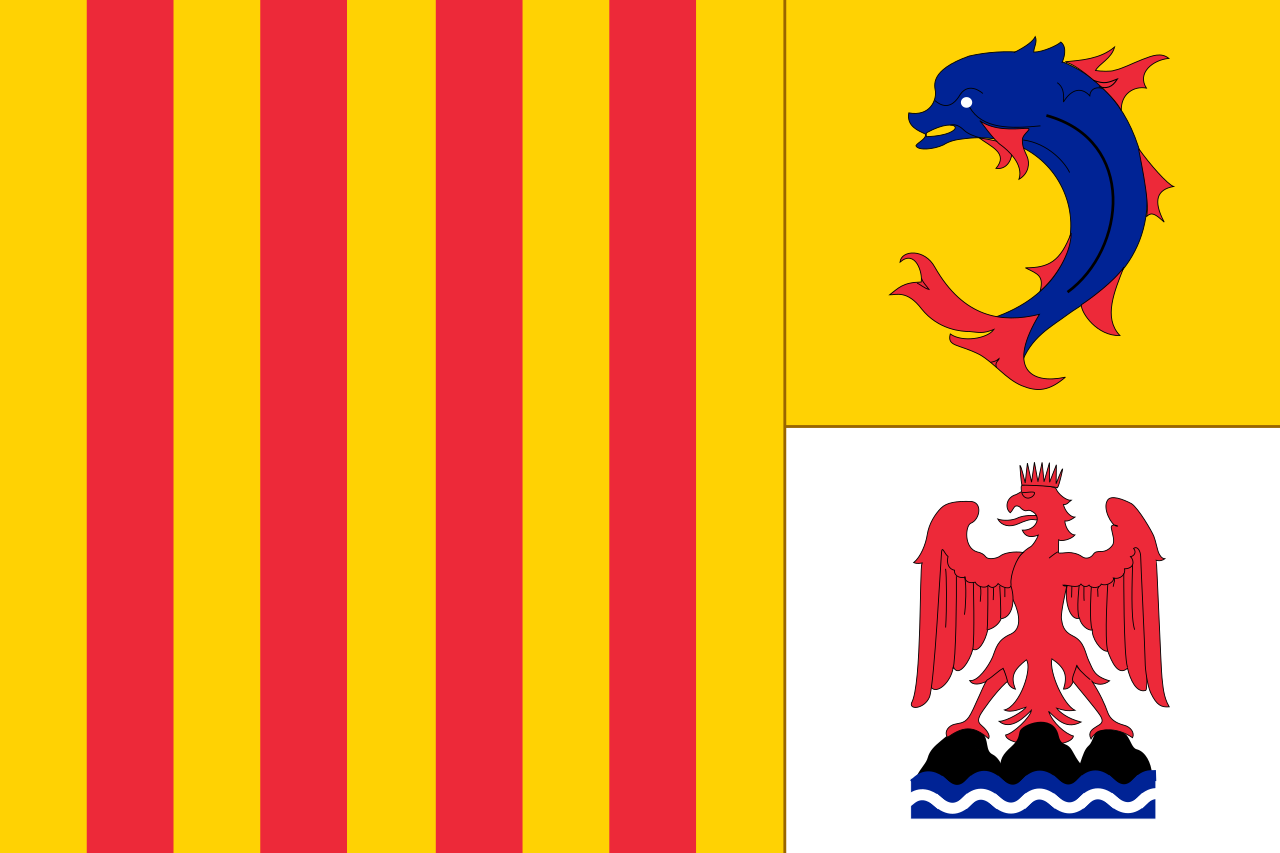 Provence-Alpes-Côte d´Azur
Provence-Alpes-Côte d´Azur
 Republic of Korea
Republic of Korea

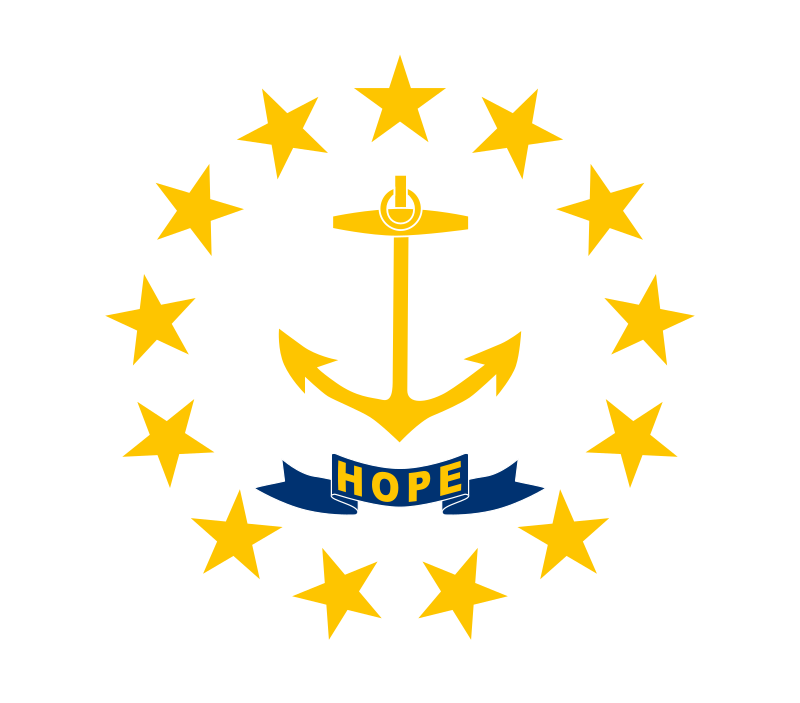 Rhode Island-RI
Rhode Island-RI
 Russia
Russia

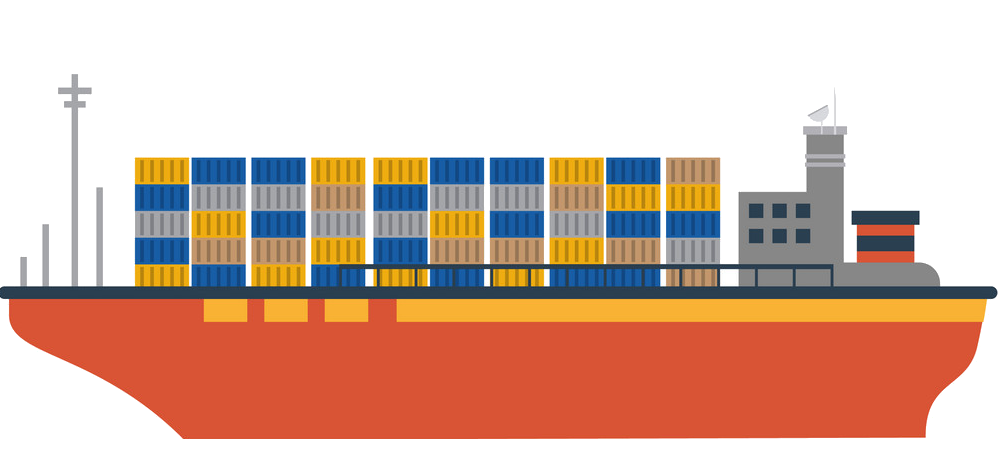 Ships and Nautics
Ships and Nautics
 Sweden
Sweden
 Spain
Spain

 Sport
Sport
 America´s Cup
America´s Cup
 United States
United States
 United Kingdom
United Kingdom
 United Kingdom
United Kingdom

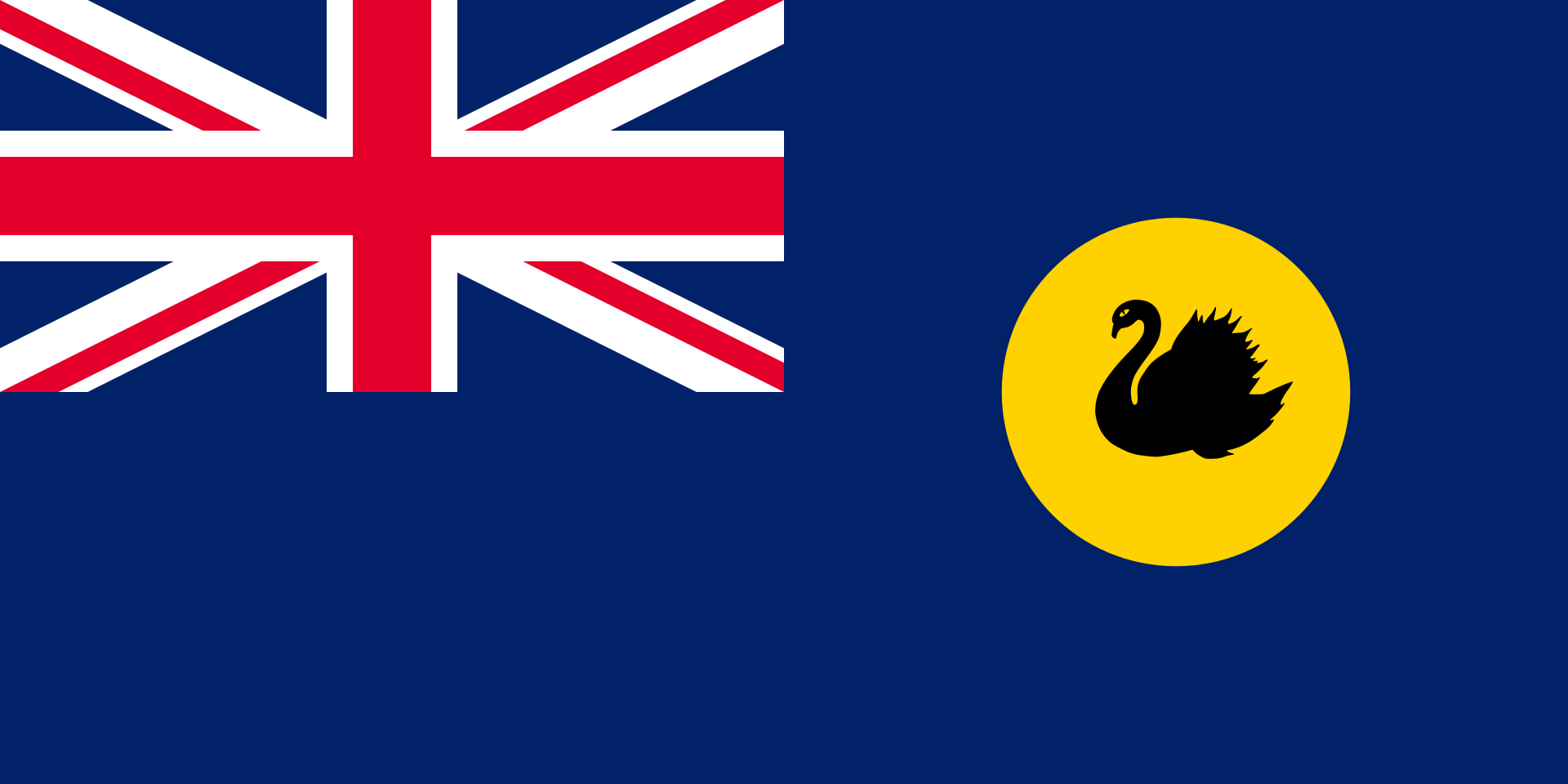 Western Australia-WA
Western Australia-WA

美洲杯帆船赛(英语:America's Cup)是赛艇运动中保存的最著名也是最古老的一项体育比赛。
比赛奖杯是银质大口水罐,奖励给来自不同国家的两艘帆船之间举行的九局五胜制比赛的胜者。两艘帆船中,一艘代表卫冕冠军游艇俱乐部,另一艘则代表俱乐部挑战奖杯。
美洲杯帆船赛源于1851年8月22日,一艘由代表纽约游艇俱乐部(New York Yacht Club,NYYC)的财团拥有的30.86米长纵帆船“美洲号”(America),同15艘代表皇家快艇舰队(Royal Yacht Squadron)的帆船在英国南部的怀特岛附近比赛。“美洲号”最终以领先20分钟胜出。拥有“美洲号”的财团后来将奖杯通过馈赠契约捐献给纽约游艇俱乐部。由此,奖杯被托管成为一项鼓励各国之间友谊竞赛的“挑战”奖品。
在当时公认无敌的英国海上霸权遭受如此打击后,一系列英国财团试图赢回奖杯。但纽约游艇俱乐部在超过132年的25次挑战中保持不败,成为体育运动史上最长的连胜纪录。1930年以前,这项赛事一直在纽约港附近举行,余下的NYYC全盛时期内则改在罗德岛的纽波特(Newport,Rhode Island)举行。
Der America’s Cup ist die älteste noch heute ausgetragene Segelregatta. Der Preis ist ein Wanderpokal und hat seinen Ursprung in einer Regatta rund um die britische Insel Isle of Wight im Jahre 1851.[1] Er ist benannt nach seiner erstmaligen Gewinnerin, der Yacht America des New York Yacht Club (NYYC).
Um den America’s Cup treten die Boote zweier Yachtclubs – Verteidiger und Herausforderer – in mehreren Wettfahrten gegeneinander an. Die Yacht, die eine vorher festgelegte Anzahl von Wettfahrten gewinnt, gewinnt den Cup. Laut der Stiftungsurkunde bestimmt der Verteidiger das Segelrevier. Die Stiftungsurkunde sieht vor, dass Verteidiger und Herausforderer innerhalb gewisser Grenzen Vereinbarungen über die Regeln treffen können, z. B. was die Anzahl der Wettfahrten betrifft.[2]
Von der ersten Verteidigung 1870 bis zur 20. Regatta im Jahr 1967 gab es jeweils nur einen Herausforderer. Im Jahr 1970 gab es erstmals mehrere Herausforderer, so dass der veranstaltende New York Yacht Club sich einverstanden erklärte, den offiziellen Herausforderer durch eine Vorausscheidung zu ermitteln. Zwischen 1983 und 2007 bis zum zeitweiligen Rückzug des Sponsors Louis Vuitton und ab 2013 erneut wurde der Herausforderer durch den Louis Vuitton Cup ermittelt. Schon die Teilnahme am Louis Vuitton Cup setzte großes finanzielles Engagement voraus: die Budgets der High-Tech-Yachten betrugen teilweise über 100 Mio. Dollar. Die Yachten mussten im Land des angemeldeten Teams gebaut werden. Wesentliche Neuerungen ergaben sich bei den letzten beiden ACs. 2010 segelten das erste Mal sowohl Verteidiger wie Herausforderer mit Mehrrumpfbooten. 2013 waren Katamarane vereinbart und die teilnehmenden Teams konstruierten „Tragflügelkatamarane“ die über 40 Knoten (75 km/h) schnell segelten. Für 2017 wurden die Boote „AC50F Katamaran“ von ehemals 72 Fuß (fast 22 m) auf 50 ft (gut 15 m) verkürzt, blieben 24 m hoch und wurden im Training erstmals 50 kn (92 km/h) schnell.[3]
アメリカスカップあるいはアメリカズカップ[1](英: America's Cup)は、1851年より現在まで続く国際ヨットレース。また、その優勝杯の名。その成立は近代オリンピックより45年、サッカーのワールドカップより79年、全英オープンよりも9年早く、継続して使用されている世界最古のスポーツトロフィーとして広く一般に認知されている。[2][3]
名称の由来は最初の優勝艇の『アメリカ号』の名を冠した『アメリカ号のカップ』であり、決して『アメリカ合衆国のカップ』という意味ではない。しかし、その後132年に亘ってアメリカ合衆国のヨットクラブがカップを防衛してきたため、事実上『アメリカ合衆国のカップ』と同じ定義で称される。
競技の本質は、カップの寄贈者が記した贈与証書の規定に基づき、アメリカズカップを掛けてマッチレース(1対1)形式で争われるヨットクラブ間の国際親善レースである。しかし、使用されるヨットは出場国で建造しなければならないため、参加各国の造船工学・建築工学・材料工学・流体力学・航空力学・気象学などの最先端技術や軍事からの応用技術が投入される等、参加国の威信を賭けた国別対抗レースとしての一面も持ち合わせている。またこれら最新ヨットにはオリンピックメダリストら多数のトップセーラーが乗り組むことあり、一般にヨットレース全般、或いはインショア(沿海)レースの最高峰として位置づけられており、別名「海のF1」とも称される。
The America's Cup, affectionately known as the Auld Mug, is a trophy awarded to the winner of the America's Cup match races between two sailing yachts. One yacht, known as the defender, represents the yacht club that currently holds the America's Cup and the second yacht, known as the challenger, represents the yacht club that is challenging for the cup. The timing of each match is determined by an agreement between the defender and the challenger. The America's Cup is the oldest international sporting trophy.[1][2][3] It will next be raced for in the southern summer, in the early part of 2021.[4]
The cup was originally awarded in 1851 by the Royal Yacht Squadron for a race around the Isle of Wight in the United Kingdom, which was won by the schooner America. The trophy, originally named the '£100 Cup', was renamed the America's Cup after the yacht and was donated to the New York Yacht Club (NYYC) under the terms of the Deed of Gift, which made the cup available for perpetual international competition.
Any yacht club that meets the requirements specified in the deed of gift has the right to challenge the yacht club that holds the cup. If the challenging club wins the match, it gains stewardship of the cup.
The history and prestige associated with the America's Cup attracts not only the world's top sailors and yacht designers but also the involvement of wealthy entrepreneurs and sponsors. It is a test not only of sailing skill and boat and sail design, but also of fundraising and management skills.
The trophy was held by the NYYC from 1857 (when the syndicate that won the cup donated the trophy to the club) until 1983. The NYYC successfully defended the trophy twenty-four times in a row before being defeated by the Royal Perth Yacht Club, represented by the yacht Australia II. The NYYC's reign was the longest winning streak (in terms of date) in the history of all sports.[5]
From the first defence of the cup in 1870 through the twentieth defence in 1967, there was always only one challenger. In 1970, for the first time, there were multiple challengers, so the NYYC agreed that the challengers could run a selection series with the winner becoming the official challenger and competing against the defender in the America's Cup match. Since 1983, Louis Vuitton has sponsored the Louis Vuitton Cup as a prize for the winner of the challenger selection series.
Early matches for the cup were raced between yachts 65–90 ft (20–27 m) on the waterline owned by wealthy sportsmen. This culminated with the J-Class regattas of the 1930s. After World War II and almost twenty years without a challenge, the NYYC made changes to the deed of gift to allow smaller, less expensive 12-metre class yachts to compete; this class was used from 1958 until 1987. It was replaced in 1990 by the International America’s Cup Class which was used until 2007.
After a long legal battle, the 2010 America's Cup was raced in 90 ft (27 m) waterline multihull yachts in a best of three "deed of gift" match in Valencia, Spain. The victorious Golden Gate Yacht Club then elected to race the 2013 America's Cup in AC72 foiling, wing-sail catamarans. Golden Gate Yacht Club successfully defended the cup. The 35th America's Cup match was announced to be sailed in 50 ft foiling catamarans.[6]
The history of the America's Cup has included legal battles and disputes over rule changes including most recently over the rule changes for the 2017 America's Cup.[7]
The America's Cup is currently held by the Royal New Zealand Yacht Squadron,[8] who will stage the 36th defence of the Cup in 2021.
La Coupe de l'America (America's Cup) est une compétition nautique internationale à la voile, voulue par ses initiateurs comme un défi amical et perpétuel entre Yacht Clubs de différentes nations et définie sous cette dénomination en 1857 par les membres du New York Yacht Club (NYYC)2, vainqueurs, six ans plus tôt, en 1851, avec la goélette America, de la régate internationale originelle, organisée autour de l'île de Wight, par le Royal Yacht Squadron (RYS), en marge de l'exposition universelle de Londres.
Le trophée est une aiguière en argent, attribuée au Yacht Club vainqueur du défi jusqu'à sa remise en jeu. Fabriquée en 1848 pour le Royal Yacht Squadron par le bijoutier et orfèvre Robert Garrard de Londres comme trophée de la Coupe de Cent Souverains, elle est ramenée aux États-Unis, en septembre 1851 sous le nom de Coupe de Cent Guinées, pour prendre en juillet 1857 son nom actuel de Coupe de l'America, en hommage à la goélette victorieuse.
C'est une des plus anciennes compétitions sportives encore disputée de nos jours et se révèle être l'un des principaux théâtres de l'évolution de l'architecture navale en matière de voiliers de régates.
À la suite de la régate de 1851 et de la création de la course en 1857, la première édition de la coupe de l'America n'est disputée qu'après la guerre de Sécession, en août 1870. Après ces deux compétitions, lors desquelles un voilier challenger affronte une flotte de voiliers défendeurs, les adversaires se mesurent en duel (match-racing). La deuxième édition de 1871 se déroule en deux duels successifs avec deux défendeurs du NYYC contre l'unique challenger du Royal Thames Yacht Club.
C'est à partir de la troisième édition de 1876 que les régates opposent, le défender, tenant du titre, au challenger qui relève le défi. Ce dernier est désigné par des régates de sélection depuis la 21e édition de 1970, régates qui prennent le nom de Coupe Louis-Vuitton en 1983, lors de la 25e édition.
Chaque édition voit l'établissement d'un règlement particulier, appelé acte de donation, définissant entre autres les conditions de régates et le type de bateau utilisé basé sur une jauge de course, rédigé par le defender et le challenger de référence, c'est-à-dire le premier Yacht Club à défier le tenant du titre.
En 2002, une exposition intitulée L'America's Cup, 150 ans d'histoire racontée par Louis Vuitton est organisée au Musée national de la Marine à Paris.
Le trophée est détenu par Emirates Team New Zealand, représentant le Royal New Zealand Yacht Squadron qui s'impose sept à un face au défi Oracle Team USA lors de la 35e édition disputée aux Bermudes. Grant Dalton, patron du défi néo-zélandais, annonce que le nouveau Challenger of Records est Circolo della Vela Sicilia (en) avec Luna Rossa.
L'America's Cup (Coppa America in italiano) è il più famoso trofeo nello sport della vela, nonché il più antico trofeo sportivo del mondo per cui si compete tuttora.
Si tratta di una serie di regate di match race, ovvero tra soli due yacht che gareggiano uno contro l'altro. Le due imbarcazioni appartengono a due Yacht Club differenti, una rappresentante lo yacht club che detiene la coppa e l'altra uno yacht club sfidante.
Nelle edizioni 1995, 2000, 2003 e 2007, la coppa, una brocca d'argento, è stata assegnata al vincitore di un incontro al meglio di nove regate. L'edizione 2010 della competizione è stata vinta dall'imbarcazione statunitense BMW Oracle Racing che ha avuto la meglio sul defender svizzero Alinghi con un risultato di 2-0. Oracle ha mantenuto la Coppa anche durante l'edizione 2013, battendo Emirates Team New Zealand 9-8. Nell'edizione numero 35, svoltasi nel 2017 nelle Isole Bermuda, Emirates Team New Zealand si aggiudica il trofeo sconfiggendo 7-1 il defender Oracle Team USA[1].
La Copa América (America's Cup en inglés y oficialmente) de vela es la competición más importante de ese deporte y algunas fuentes sostienen que es el tercer evento deportivo con mayor impacto económico para el país de acogida después de los Juegos Olímpicos y el Mundial de fútbol.1234
El actual defensor es el Real Escuadrón de Yates de Nueva Zelanda, que venció al Club de Yates Golden Gate en la última edición, celebrada en Hamilton (Bermudas).
El Challenger of Record para la próxima edición es el Círculo de Vela Sicilia.5
Der America’s Cup ist die älteste noch heute ausgetragene Segelregatta. Der Preis ist ein Wanderpokal und hat seinen Ursprung in einer Regatta rund um die britische Insel Isle of Wight im Jahre 1851.[1] Er ist benannt nach seiner erstmaligen Gewinnerin, der Yacht America des New York Yacht Club (NYYC).
Um den America’s Cup treten die Boote zweier Yachtclubs – Verteidiger und Herausforderer – in mehreren Wettfahrten gegeneinander an. Die Yacht, die eine vorher festgelegte Anzahl von Wettfahrten gewinnt, gewinnt den Cup. Laut der Stiftungsurkunde bestimmt der Verteidiger das Segelrevier. Die Stiftungsurkunde sieht vor, dass Verteidiger und Herausforderer innerhalb gewisser Grenzen Vereinbarungen über die Regeln treffen können, z. B. was die Anzahl der Wettfahrten betrifft.[2]
Von der ersten Verteidigung 1870 bis zur 20. Regatta im Jahr 1967 gab es jeweils nur einen Herausforderer. Im Jahr 1970 gab es erstmals mehrere Herausforderer, so dass der veranstaltende New York Yacht Club sich einverstanden erklärte, den offiziellen Herausforderer durch eine Vorausscheidung zu ermitteln. Zwischen 1983 und 2007 bis zum zeitweiligen Rückzug des Sponsors Louis Vuitton und ab 2013 erneut wurde der Herausforderer durch den Louis Vuitton Cup ermittelt. Schon die Teilnahme am Louis Vuitton Cup setzte großes finanzielles Engagement voraus: die Budgets der High-Tech-Yachten betrugen teilweise über 100 Mio. Dollar. Die Yachten mussten im Land des angemeldeten Teams gebaut werden. Wesentliche Neuerungen ergaben sich bei den letzten beiden ACs. 2010 segelten das erste Mal sowohl Verteidiger wie Herausforderer mit Mehrrumpfbooten. 2013 waren Katamarane vereinbart und die teilnehmenden Teams konstruierten „Tragflügelkatamarane“ die über 40 Knoten (75 km/h) schnell segelten. Für 2017 wurden die Boote „AC50F Katamaran“ von ehemals 72 Fuß (fast 22 m) auf 50 ft (gut 15 m) verkürzt, blieben 24 m hoch und wurden im Training erstmals 50 kn (92 km/h) schnell.[3]
美洲杯帆船赛(英语:America's Cup)是赛艇运动中保存的最著名也是最古老的一项体育比赛。
比赛奖杯是银质大口水罐,奖励给来自不同国家的两艘帆船之间举行的九局五胜制比赛的胜者。两艘帆船中,一艘代表卫冕冠军游艇俱乐部,另一艘则代表俱乐部挑战奖杯。
美洲杯帆船赛源于1851年8月22日,一艘由代表纽约游艇俱乐部(New York Yacht Club,NYYC)的财团拥有的30.86米长纵帆船“美洲号”(America),同15艘代表皇家快艇舰队(Royal Yacht Squadron)的帆船在英国南部的怀特岛附近比赛。“美洲号”最终以领先20分钟胜出。拥有“美洲号”的财团后来将奖杯通过馈赠契约捐献给纽约游艇俱乐部。由此,奖杯被托管成为一项鼓励各国之间友谊竞赛的“挑战”奖品。
在当时公认无敌的英国海上霸权遭受如此打击后,一系列英国财团试图赢回奖杯。但纽约游艇俱乐部在超过132年的25次挑战中保持不败,成为体育运动史上最长的连胜纪录。1930年以前,这项赛事一直在纽约港附近举行,余下的NYYC全盛时期内则改在罗德岛的纽波特(Newport,Rhode Island)举行。
アメリカスカップあるいはアメリカズカップ[1](英: America's Cup)は、1851年より現在まで続く国際ヨットレース。また、その優勝杯の名。その成立は近代オリンピックより45年、サッカーのワールドカップより79年、全英オープンよりも9年早く、継続して使用されている世界最古のスポーツトロフィーとして広く一般に認知されている。[2][3]
名称の由来は最初の優勝艇の『アメリカ号』の名を冠した『アメリカ号のカップ』であり、決して『アメリカ合衆国のカップ』という意味ではない。しかし、その後132年に亘ってアメリカ合衆国のヨットクラブがカップを防衛してきたため、事実上『アメリカ合衆国のカップ』と同じ定義で称される。
競技の本質は、カップの寄贈者が記した贈与証書の規定に基づき、アメリカズカップを掛けてマッチレース(1対1)形式で争われるヨットクラブ間の国際親善レースである。しかし、使用されるヨットは出場国で建造しなければならないため、参加各国の造船工学・建築工学・材料工学・流体力学・航空力学・気象学などの最先端技術や軍事からの応用技術が投入される等、参加国の威信を賭けた国別対抗レースとしての一面も持ち合わせている。またこれら最新ヨットにはオリンピックメダリストら多数のトップセーラーが乗り組むことあり、一般にヨットレース全般、或いはインショア(沿海)レースの最高峰として位置づけられており、別名「海のF1」とも称される。
The America's Cup, affectionately known as the Auld Mug, is a trophy awarded to the winner of the America's Cup match races between two sailing yachts. One yacht, known as the defender, represents the yacht club that currently holds the America's Cup and the second yacht, known as the challenger, represents the yacht club that is challenging for the cup. The timing of each match is determined by an agreement between the defender and the challenger. The America's Cup is the oldest international sporting trophy.[1][2][3] It will next be raced for in the southern summer, in the early part of 2021.[4]
The cup was originally awarded in 1851 by the Royal Yacht Squadron for a race around the Isle of Wight in the United Kingdom, which was won by the schooner America. The trophy, originally named the '£100 Cup', was renamed the America's Cup after the yacht and was donated to the New York Yacht Club (NYYC) under the terms of the Deed of Gift, which made the cup available for perpetual international competition.
Any yacht club that meets the requirements specified in the deed of gift has the right to challenge the yacht club that holds the cup. If the challenging club wins the match, it gains stewardship of the cup.
The history and prestige associated with the America's Cup attracts not only the world's top sailors and yacht designers but also the involvement of wealthy entrepreneurs and sponsors. It is a test not only of sailing skill and boat and sail design, but also of fundraising and management skills.
The trophy was held by the NYYC from 1857 (when the syndicate that won the cup donated the trophy to the club) until 1983. The NYYC successfully defended the trophy twenty-four times in a row before being defeated by the Royal Perth Yacht Club, represented by the yacht Australia II. The NYYC's reign was the longest winning streak (in terms of date) in the history of all sports.[5]
From the first defence of the cup in 1870 through the twentieth defence in 1967, there was always only one challenger. In 1970, for the first time, there were multiple challengers, so the NYYC agreed that the challengers could run a selection series with the winner becoming the official challenger and competing against the defender in the America's Cup match. Since 1983, Louis Vuitton has sponsored the Louis Vuitton Cup as a prize for the winner of the challenger selection series.
Early matches for the cup were raced between yachts 65–90 ft (20–27 m) on the waterline owned by wealthy sportsmen. This culminated with the J-Class regattas of the 1930s. After World War II and almost twenty years without a challenge, the NYYC made changes to the deed of gift to allow smaller, less expensive 12-metre class yachts to compete; this class was used from 1958 until 1987. It was replaced in 1990 by the International America’s Cup Class which was used until 2007.
After a long legal battle, the 2010 America's Cup was raced in 90 ft (27 m) waterline multihull yachts in a best of three "deed of gift" match in Valencia, Spain. The victorious Golden Gate Yacht Club then elected to race the 2013 America's Cup in AC72 foiling, wing-sail catamarans. Golden Gate Yacht Club successfully defended the cup. The 35th America's Cup match was announced to be sailed in 50 ft foiling catamarans.[6]
The history of the America's Cup has included legal battles and disputes over rule changes including most recently over the rule changes for the 2017 America's Cup.[7]
The America's Cup is currently held by the Royal New Zealand Yacht Squadron,[8] who will stage the 36th defence of the Cup in 2021.
La Coupe de l'America (America's Cup) est une compétition nautique internationale à la voile, voulue par ses initiateurs comme un défi amical et perpétuel entre Yacht Clubs de différentes nations et définie sous cette dénomination en 1857 par les membres du New York Yacht Club (NYYC)2, vainqueurs, six ans plus tôt, en 1851, avec la goélette America, de la régate internationale originelle, organisée autour de l'île de Wight, par le Royal Yacht Squadron (RYS), en marge de l'exposition universelle de Londres.
Le trophée est une aiguière en argent, attribuée au Yacht Club vainqueur du défi jusqu'à sa remise en jeu. Fabriquée en 1848 pour le Royal Yacht Squadron par le bijoutier et orfèvre Robert Garrard de Londres comme trophée de la Coupe de Cent Souverains, elle est ramenée aux États-Unis, en septembre 1851 sous le nom de Coupe de Cent Guinées, pour prendre en juillet 1857 son nom actuel de Coupe de l'America, en hommage à la goélette victorieuse.
C'est une des plus anciennes compétitions sportives encore disputée de nos jours et se révèle être l'un des principaux théâtres de l'évolution de l'architecture navale en matière de voiliers de régates.
À la suite de la régate de 1851 et de la création de la course en 1857, la première édition de la coupe de l'America n'est disputée qu'après la guerre de Sécession, en août 1870. Après ces deux compétitions, lors desquelles un voilier challenger affronte une flotte de voiliers défendeurs, les adversaires se mesurent en duel (match-racing). La deuxième édition de 1871 se déroule en deux duels successifs avec deux défendeurs du NYYC contre l'unique challenger du Royal Thames Yacht Club.
C'est à partir de la troisième édition de 1876 que les régates opposent, le défender, tenant du titre, au challenger qui relève le défi. Ce dernier est désigné par des régates de sélection depuis la 21e édition de 1970, régates qui prennent le nom de Coupe Louis-Vuitton en 1983, lors de la 25e édition.
Chaque édition voit l'établissement d'un règlement particulier, appelé acte de donation, définissant entre autres les conditions de régates et le type de bateau utilisé basé sur une jauge de course, rédigé par le defender et le challenger de référence, c'est-à-dire le premier Yacht Club à défier le tenant du titre.
En 2002, une exposition intitulée L'America's Cup, 150 ans d'histoire racontée par Louis Vuitton est organisée au Musée national de la Marine à Paris.
Le trophée est détenu par Emirates Team New Zealand, représentant le Royal New Zealand Yacht Squadron qui s'impose sept à un face au défi Oracle Team USA lors de la 35e édition disputée aux Bermudes. Grant Dalton, patron du défi néo-zélandais, annonce que le nouveau Challenger of Records est Circolo della Vela Sicilia (en) avec Luna Rossa.
L'America's Cup (Coppa America in italiano) è il più famoso trofeo nello sport della vela, nonché il più antico trofeo sportivo del mondo per cui si compete tuttora.
Si tratta di una serie di regate di match race, ovvero tra soli due yacht che gareggiano uno contro l'altro. Le due imbarcazioni appartengono a due Yacht Club differenti, una rappresentante lo yacht club che detiene la coppa e l'altra uno yacht club sfidante.
Nelle edizioni 1995, 2000, 2003 e 2007, la coppa, una brocca d'argento, è stata assegnata al vincitore di un incontro al meglio di nove regate. L'edizione 2010 della competizione è stata vinta dall'imbarcazione statunitense BMW Oracle Racing che ha avuto la meglio sul defender svizzero Alinghi con un risultato di 2-0. Oracle ha mantenuto la Coppa anche durante l'edizione 2013, battendo Emirates Team New Zealand 9-8. Nell'edizione numero 35, svoltasi nel 2017 nelle Isole Bermuda, Emirates Team New Zealand si aggiudica il trofeo sconfiggendo 7-1 il defender Oracle Team USA[1].
La Copa América (America's Cup en inglés y oficialmente) de vela es la competición más importante de ese deporte y algunas fuentes sostienen que es el tercer evento deportivo con mayor impacto económico para el país de acogida después de los Juegos Olímpicos y el Mundial de fútbol.1234
El actual defensor es el Real Escuadrón de Yates de Nueva Zelanda, que venció al Club de Yates Golden Gate en la última edición, celebrada en Hamilton (Bermudas).
El Challenger of Record para la próxima edición es el Círculo de Vela Sicilia.5
Кубок «Америки» (англ. America's Cup) — одна из самых известных и самых престижных регат в мире. Является старейшим в мире международным соревнованием во всех видах спорта, будучи основанным на два десятилетия ранее Кубка Англии по футболу и на 45 лет раньше первых современных Олимпийских игр.
Кубок Америки получил своё название в честь яхты «Америка» , которая выиграла его в престижной английской регате в 1851 году. Трофей остался в Нью-Йоркском яхт-клубе.
Кубок был изготовлен в 1848 году компанией «Гаррард и Ко». Он представляет собой кувшин без дна, на котором выгравированы названия всех яхт — обладателей кубка. По легенде, дно в кубке отсутствует по желанию английской королевы Виктории, не желавшей, чтобы из него пили[1]. Материал кубка — это так называемый британский металл — сплав олова, меди и сурьмы, покрытый серебром. В 1958 и 2003 годах кубок был дополнен основаниями, для размещения названий очередных победителей. В 1997 году вандал, проникший в здание Новозеландского яхт-клуба, изуродовал Кубок кувалдой. Кубок был бесплатно восстановлен английскими мастерами.
Кубок разыгрывается в серии матчевых гонок между представителем страны, победившим в прошлом цикле, и претендентом. Претендентом является победитель предварительных отборочных соревнований. В настоящее время отборочными соревнованиями служит Кубок Луи Виттона. Место поединка выбирает обладатель кубка.

Montserrat ist eine Insel in der Karibik, die zu den Kleinen Antillen gehört. Als Teil der British West Indies gehört sie zu den Britischen Überseegebieten des Vereinigten Königreichs. Mehr als die Hälfte ihrer Fläche ist aufgrund vulkanischer Aktivität unbewohntes Sperrgebiet.
蒙特塞拉特(英语:Montserrat,/ˌmɒntsəˈræt/)是英国海外领土,为加勒比海西印度群岛中背风群岛南部的火山岛,由克里斯托弗·哥伦布在1493年以西班牙境内的蒙特塞拉特山命名。该岛长18公里,宽11公里, 海岸线约有40公里[1]。由于其风光优美,加上不少居民都有爱尔兰血统,蒙特塞拉特被誉为“加勒比海的翡翠”(英语:The Emerald Isle of the Caribbean)[2][3][4]。蒙特塞拉特是加勒比共同体和东加勒比国家组织唯一的非独立成员(不包括准成员)。
1995年7月18日起,蒙特塞拉特南部的苏弗里耶尔火山爆发,导致首府普利茅斯等地区被毁。在1995年至2000年之间,岛上三分之二人口被疏散或移民至外地,当中大部分人抵达了英国。1997年,岛上只剩下约1200人,而在2016年,人口已重回至近5000人[5][6]。而火山爆发至今仍继续,使得岛上南部不可居住,东部的威廉·亨利·布兰布尔机场也被毁。
岛上南部被划为禁区,访客一般不可进入,但是可从加里波底山山顶眺望被毁的普利茅斯。目前,蒙特塞拉特火山观测所负责监视苏弗里耶尔火山的活动[7][8]。蒙特塞拉特的政府总部被临时迁至布莱兹,成为了实际上的首府和经济中心。2015年,政府开始计划把首府迁至岛上西北部的利特湾。2022年6月,延宕多时的利特湾的港口发展计划正式开展[9][10],加勒比开发银行和英国政府对此资助了2830万英镑[11]。
岛上有三座主要的火山,年降雨量1525毫米。蒙特塞拉特原盛产海岛棉、香蕉、糖和蔬菜等。


Southampton [saʊθˈæmptən] ist eine Hafenstadt im Vereinigten Königreich Großbritannien und Nordirland an der Südküste Englands im County Hampshire. Sie liegt am Southampton Water, der Flussmündung des Test und des Itchen, der in den Ärmelkanal mündet. Die Stadt hat 254.000 Einwohner. Sie ist als Metropolregion mit anderen Orten rund um den Solent locker zur Southampton Urban Area (856.000 Einwohner) zusammengeschlossen.




南乔治亚和南桑威奇群岛(英语:South Georgia and the South Sandwich Islands,缩写为SGSSI)是英国在大西洋南部的海外属地。该属地由一连串既偏远且荒凉的岛屿组成,包括南乔治亚岛和南桑威奇群岛。南乔治亚为该属地的最大岛屿,位于该属地的西北部,面积约为3592平方公里。[1]而南桑威奇群岛则位于南乔治亚东南约700公里,311平方公里。此外,虽然该属地与福克兰群岛相距约1300公里,但二者在地缘政治上几乎融为一体,并同样与阿根廷存在主权争议。[2]
此地并无长驻人口。现有人口由英国政府官员、英国南极勘测的科学家及后勤员工、邮政职员以及博物馆职员所组成,并全数在南乔治亚居住。虽然南桑威奇群岛现时无人居住,于1976至1982年间阿根廷曾在此建立科学研究站。[3]
英国自1775年及1985年起即分别对南乔治亚及南桑威奇群岛有领土宣称。此前,这些岛屿原为英国属地福克兰群岛的一部分,于1985年才设此单独建制。
Südgeorgien und die Südlichen Sandwichinseln (von der Inselregierung verwendete Abkürzung SGSSI[1]) sind ein britisches Überseegebiet im Südatlantik, das aus Südgeorgien und den Südlichen Sandwichinseln besteht. Die Inseln sind 3677 km vom Südpol entfernt. Da sie nördlich des 60. Breitengrades südlicher Breite liegen, fallen sie nicht in den Anwendungsbereich des Antarktisvertrags. Somit gilt für sie nicht die Status-quo-Regelung des Artikels 4 dieses Vertrags.
Das Gebiet wird mit Verweis auf frühe spanische Sichtungen von Argentinien beansprucht, das sich hierbei als „Erbe“ Spaniens sieht.
 International cities
International cities
 Music
Music
 Performing Arts
Performing Arts
 Geography
Geography
 Companies
Companies
 Theme park
Theme park
 CESAER
CESAER
 Exhibition
Exhibition
 Energy resource
Energy resource